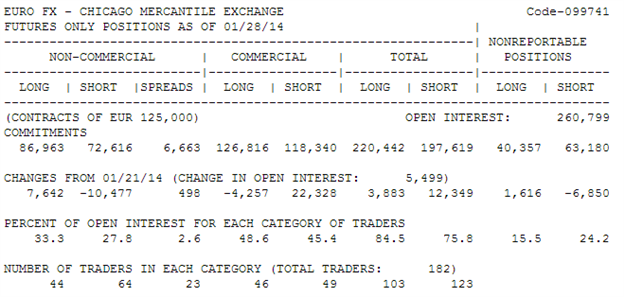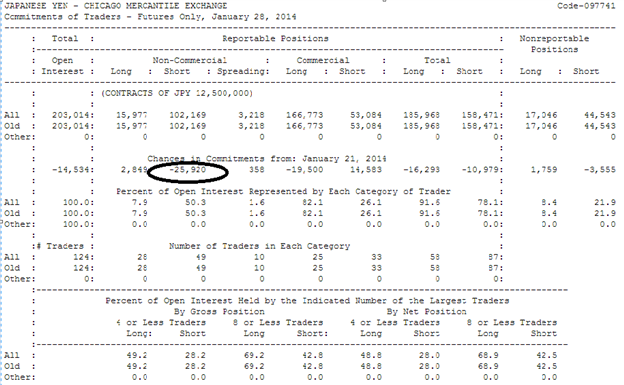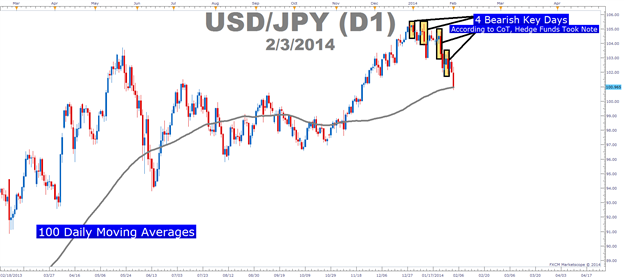Investing.com - In the week ahead, investors will continue to focus on U.S. economic reports to gauge if the world's largest economy is strong enough to withstand a hike in interest rates in the coming months, with Friday’s nonfarm payrolls data in the spotlight. There is also U.S. ISM data on both manufacturing and service sector activity.
Thursday’s rate announcement from the Bank of England will be in focus, amid mountings expectations the central bank will step up monetary stimulus to counteract the negative economic shock from the Brexit vote.
Elsewhere, in China, market players will be looking out for data on the country's manufacturing sector, amid ongoing concerns over the health of the world's second biggest economy.
Outside the G7, traders will be awaiting a monetary policy announcement from the Reserve Bank of Australia on Tuesday, amid growing expectations for a cut in interest rates.
Ahead of the coming week, Investing.com has compiled a list of the five biggest events on the economic calendar that are most likely to affect the markets.
1. U.S. jobs report for July
The U.S. Labor Department will release its July nonfarm payrolls report at 12:30GMT, or 8:30AM ET, on Friday.
The consensus forecast is that the data will show jobs growth of 175,000, following an increase of 287,000 in June, the unemployment rate is forecast to hold steady at 4.9%, while average hourly earnings are expected to rise 0.2% after gaining 0.1% a month earlier.
An upbeat employment report will point to an improving economy and support the case for higher interest rates in the coming months, while a weak report would add to uncertainty over the economic outlook and push prospects of tighter monetary policy further off the table.
2. Bank of England rate decision
The Bank of England will release its rate decision, minutes of its Monetary Policy Committee meeting and its quarterly inflation report at 11:00GMT, or 07:00AM ET, on Thursday. BoE Governor Mark Carney will address the financial press at 11:30GMT, or 7:30AM ET.
A Reuters poll of economists published on July 26 predicted the British central bank would cut its benchmark interest rate to 0.25% from 0.50%, but most said it would not revive itsmassive bond-buying program for now.
Expectations for more easing mounted after BoE Governor Mark Carney recently suggested interest rate cuts and additional stimulus will likely be needed over the summer to offset the hit to the economy from Britain's decision to leave the European Union.
3. China manufacturing PMIs
The China Federation of Logistics and Purchasing is to release data on July manufacturing sector activity at 01:00GMT on Monday, or 9:00PM ET Sunday, followed by the Caixin manufacturing index at 01:45GMT, or 9:45PM ET.
The official China's manufacturing purchasing managers' index is forecast to remain unchanged at 50.0 in July, while the Caixin survey is expected to inch up to 48.7 from 48.6 in the preceding month. A reading below 50.0 indicates industry contraction.
4. U.S. ISM PMI surveys
The U.S. Institute of Supply Management is to release data on July manufacturing activityat 14:00GMT, or 10:00AM ET, on Monday. The gauge is expected to inch down 0.2 points to 53.0. Anything above 50.0 signals expansion.
Meanwhile, the ISM is to report on July service sector activity on Wednesday, amid expectations for a modest decline.
5. Reserve Bank of Australia Rate Decision
The RBA's latest interest rate decision is due on Tuesday at 4:30GMT, or 12:30AM ET. Most economists expect the central bank to cut interest rates to a historic low of 1.50% from 1.75%, in an effort to boost sluggish inflation.


















































